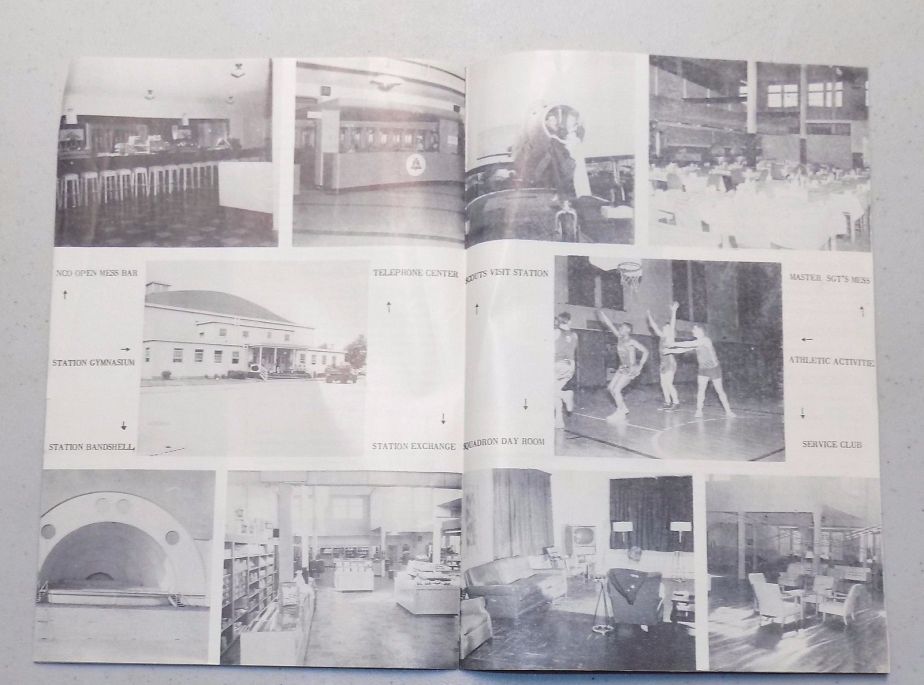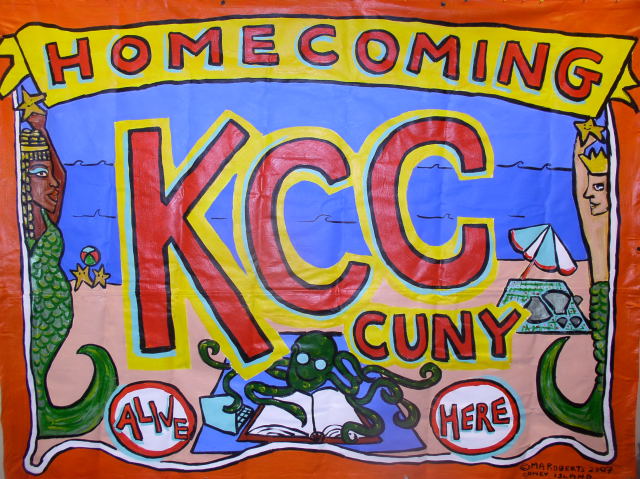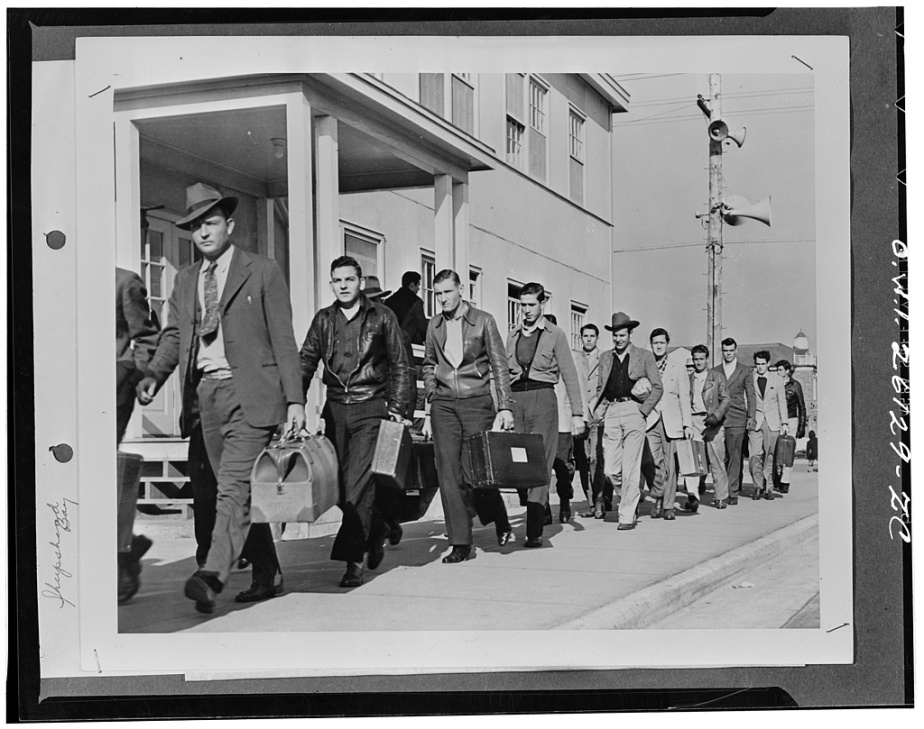
On 24 April 1944, at the age of 17 years, one month, 11 days, I enlisted in the United States Coast Guard at the recruiting office in Minneapolis, Minnesota. My father, Chief Boatswain Mate Earl J. Morris, officer in charge, said something about meeting his quota or shipping out. I had graduated from high school January 1944 at the age of 16 and thought I could win the war all by myself.
At that time the Coast Guard was enlisting men only as Steward Mates Third Class (STM3/C) who would serve as permanent mess cooks wherever they were stationed. Many went to the twenty-two AP transports and nine APA assault transports which the Coast Guard manned for the U.S. Navy. My father, using his 24 years of service, requested my enlistment as an Apprentice Seaman (A/S). It was approved, and off I went to Manhattan Beach Training Station, Brooklyn, New York. I was assigned to Company “Y” as one of about forty other apprentice seamen who, for one reason or the other, were able to stay out of the galley!
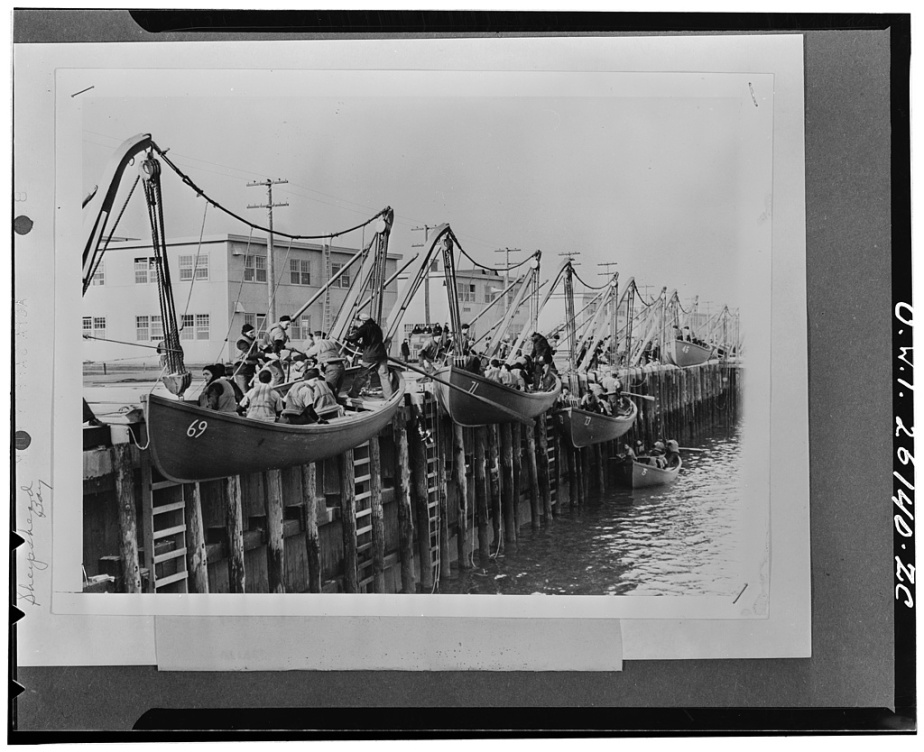
We didn’t get there all at the same time. We sort of wandered in piece meal. Boot camp started for me wherever everyone else was at the time. My second day there I took my physical and shots, collected my sea bag issue. That night someone showed me how to stencil, “roll and stop” my gear. The next morning I had a sea bag inspection from one of the Company Y “bungalow boatswains”.
Before the war Manhattan Beach was a summer vacation spot with about sixty duplex bungalows. When the Coast Guard took over, all the partitions were removed to make room for 30 double deck bunks, rifle racks, 4 commodes and 2 sinks. It was crowded. Among other facilities, barracks, training buildings, and the USCGC NEVERSAIL were built. Included was a “head” with about 50 sinks and 100 shower heads and all the cold water you could use. The hot water lasted for about the first ten people. We of course had to wear leggings, “boots”, have square hats, polished shoes. And whatever the uniform of the day that was announced about five minutes before muster for breakfast at 0530.
Right across the street was a bungalow for the crew of Patrol Frigate 93 USS LORAIN (PF93) who were awaiting the ship’s commissioning. To say the least, they were not a bunch of “boots”. No one seemed to have anything for them to do, so they didn’t do anything but make fun of us “boots”. And go on liberty which we could not do.
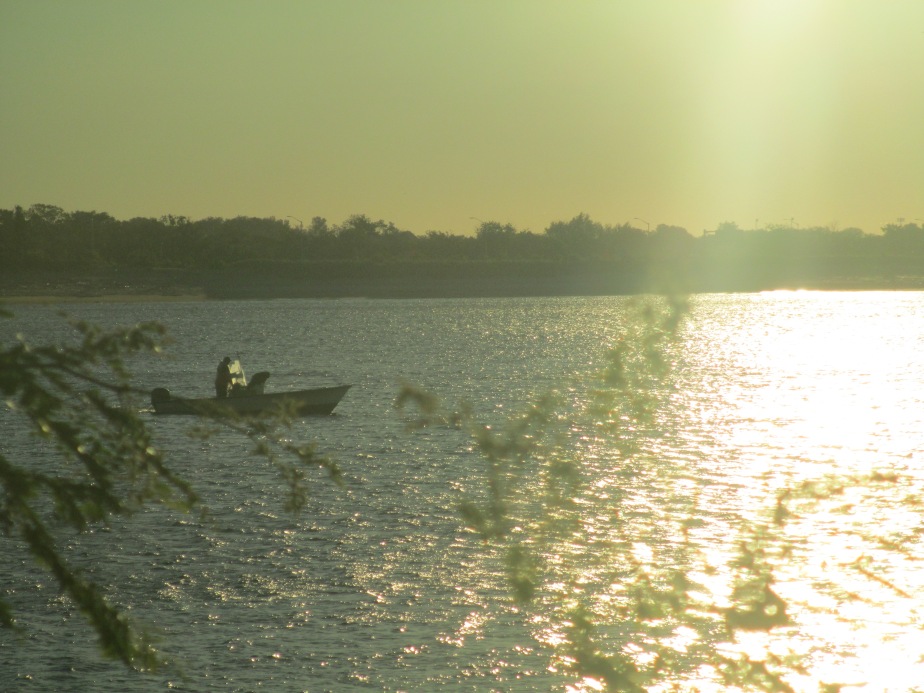
At the time of my arrival, Company “Y” was learning to launch pulling boats and row all over Sheepshead Bay. And do it over and over again. The next week we were sent “next door” to the U.S. Maritime Training Station to practice abandoning ship without the life boat. You were instructed how to put on the Kapok life jacket, hold your nose, grab your family jewels, keep your feet together and jump 20 feet into a large tank with a pretty serious fire burning on top. You had to swim out of the flames, splashing water about to keep your eyebrows from being singed or hair catching fire. You got to do this three times the first day.
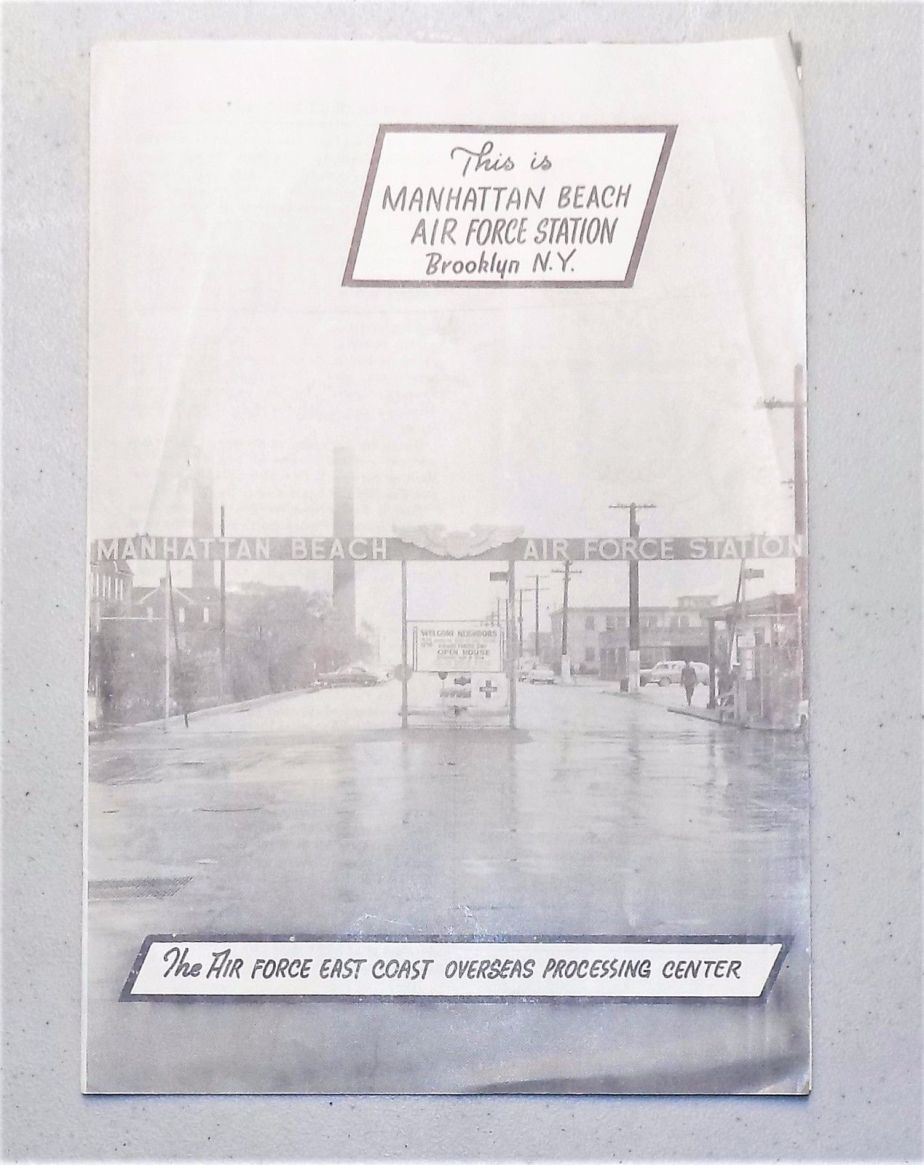
The next couple of days we practiced putting out fires above and below decks in a “training ship”. We learned how to use a number of fire fighting rigs, how to close water tight doors, pump water from one compartment to another, wear oxygen breathing apparatuses and be able to live in a smoke filled environment. Then rush top side, grab your family jewels, and jump into the flame filled tank, splash water everywhere, get hauled out, form up and march back to the bungalow. You didn’t eat between the 0530 breakfast and 1800 supper. I recall we spent nearly the whole week doing that. My eyebrows eventually grew back.
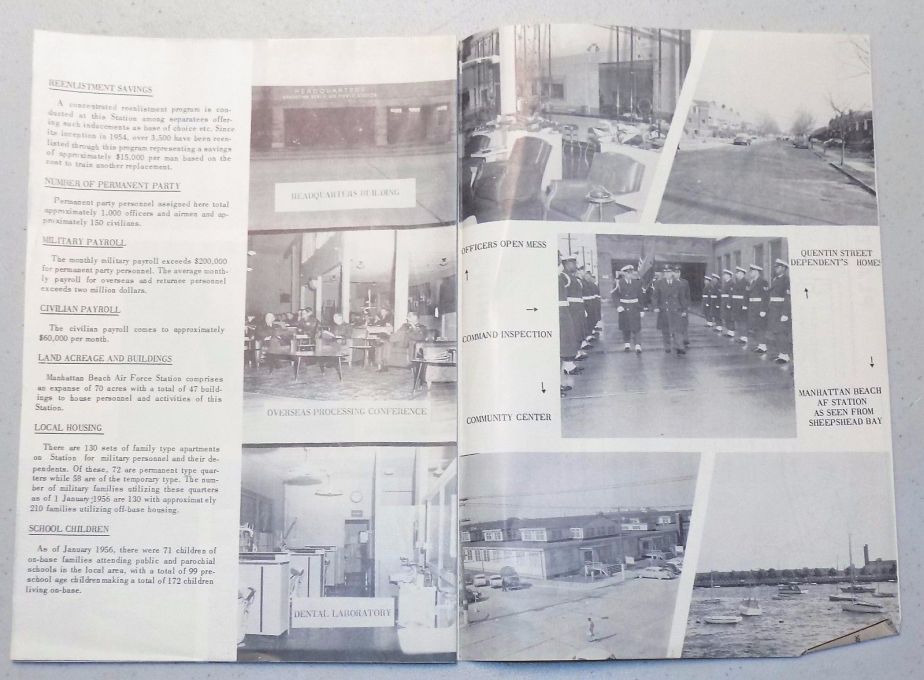
The third week we were told to get our shaving kits, two pair of skivvies, two pair of dungarees. We boarded a bus for Sea Girt, New Jersey to gunnery school six hours away. The first day was spent in the classroom being instructed in 20mm, 40mm twin and quad mounts, the 3 inch 50-caliber, and the 5 inch 38-caliber open mount. Four days were spent trying to shoot down the U.S. Navy plane towing targets back and forth. Some PF crews were there also, but we weren’t allowed to be contaminated by them. We were given lunch. A canteen cup of green pea soup and two pieces of dry bread separated by a slab of ham or spam. Nothing to brag about. Nor was breakfast or supper.
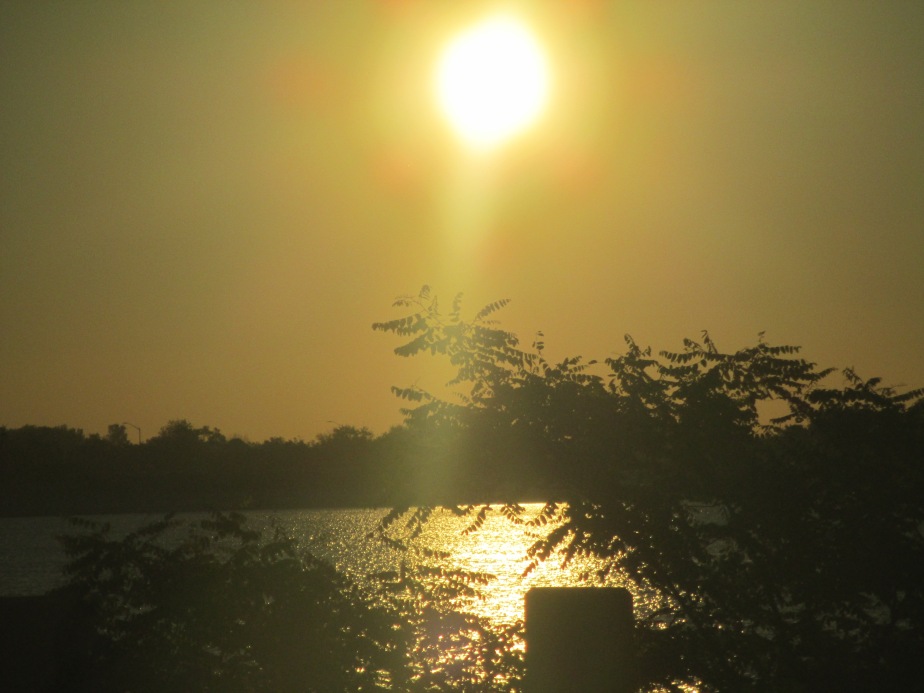
Then back to MBTS and our first liberty. Saturday 1200 to Sunday 1800. I slept most of mine at a USO in New York City!
Several of the “old” boots graduated and went on to better things, and several new ones arrived. My fourth week was learning how to do close order drill and march endlessly all over the base. Quite often I went around the drill field at double time with my rifle at high port. This was to teach me something, I’m sure. We had to march everywhere. And scrub our clothes in a bucket, use the clothes stops to tie them to some ratlines, haul them up a central mast. Then post a guard with about six others (STM3/C) to march around the clothes mast till the clothes were almost dry, lower them down, roll them up, “stop” them, put them in your sea bag in a specific order. And hope they didn’t turn black from mildew before you used them again.
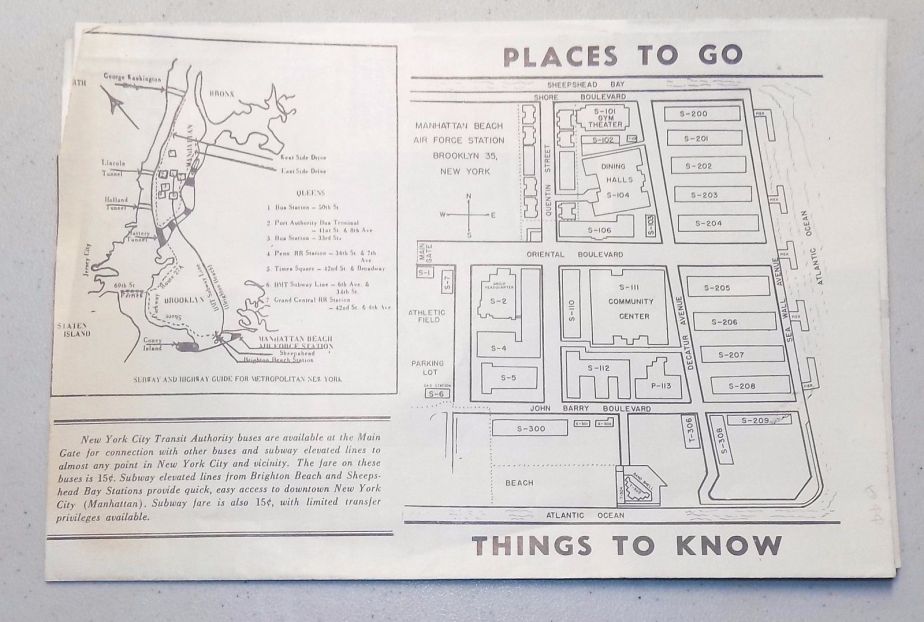
Around the fifth and sixth weeks we learned all about the USCGC NEVERSAIL. How to tie knots, make rope fenders, splice both manila and wire rope till your fingers bled, especially if you bit your fingernails. Do you realize how many nerve endings are in your fingertips? We also learned how to stand various watches. How to semaphore. How to salute; when to salute. How to man the side; what the “bosun” blew on his pipe. How to make the NEVERSAIL ready to sail. How to approach a dock; how to tie it up. How to anchor; how to rig a sea anchor. How to rig a collision mat; how to make one.
At the end of the sixth week, about 12 of us were placed on orderly duty at MBTS headquarters running countless errands, making coffee, cleaning up after everyone and saluting everyone. During one of my errand runs I wound up in the classification branch of the personnel office and found a kind soul who took pity on me. He had me make out the necessary paper work to get assigned to the next Quartermaster/Signalman School there at MBTS. That class began on 12 June 1944. Suddenly the eight long weeks of my boot camp was over. Without boot leave. I was rated Seaman Second Class (S2/C) and moved out of the bungalow into a large barracks building with an indoor “head” and hot water showers. I had arrived!
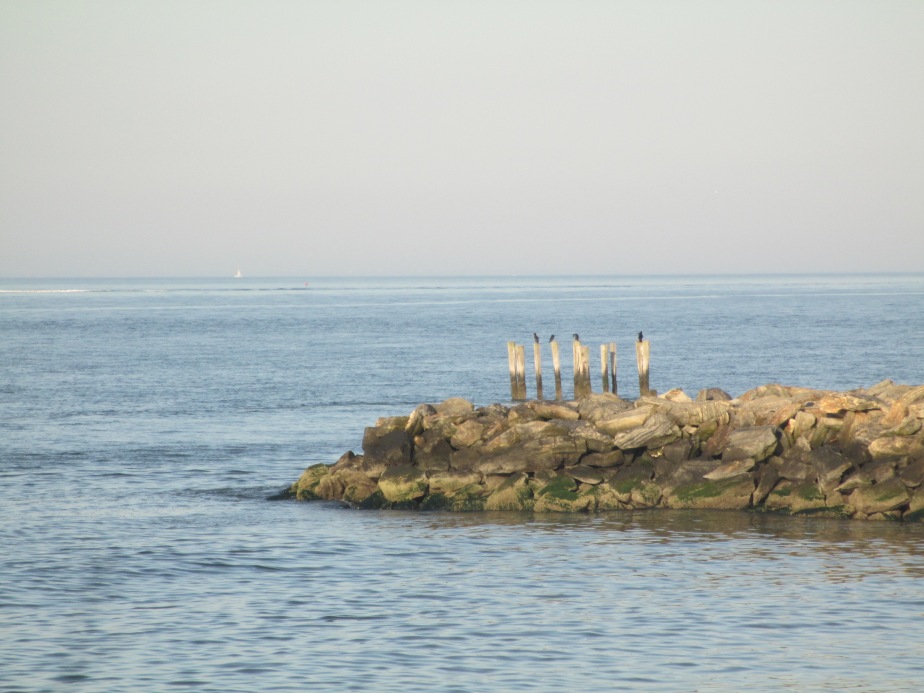
I know I’ve left a lot out. We had pretty good chow. Got to see some first run movies after setting up the chairs in the base gym. Had four liberties in New York City that I didn’t sleep through.
Boot Camp was eight weeks long, and I can only remember the names of about three people,
QM/SM school was 12 weeks long and although we learned a lot about Quartermaster tasks, were all rated as Signalman on graduation. I later changed my rate to Quartermaster 3/C. And after surviving the sinking of the USCGC MAGNOLIA and a brief hospital stay, the Japanese gave up, the war was over, and I got the opportunity to train as an Aviation Machinist Mate.
I left the Coast Guard in December 1948 after nearly 5 years, and joined the U.S. Air Force for another 25 years of service. –Ted A. Morris, LTC, USAF, RET.
